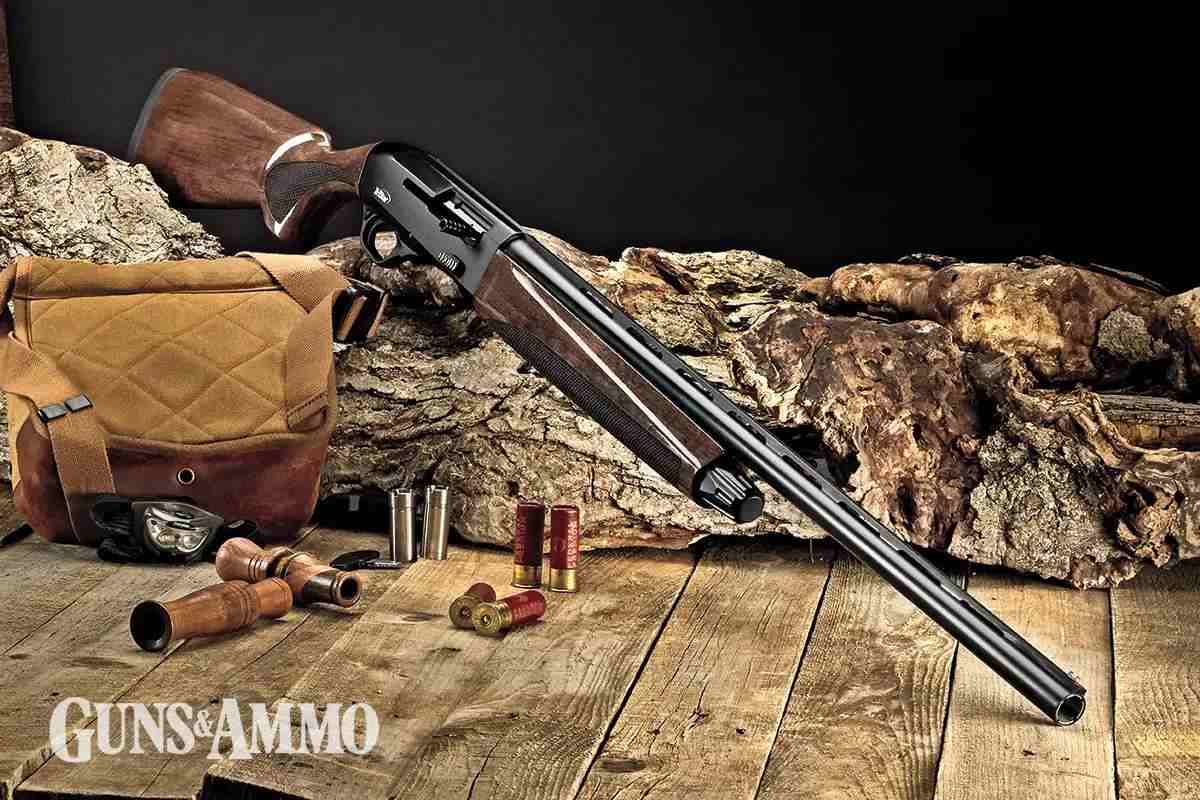What does the consumer get when purchasing a new, modern-production shotgun? The answer became apparent after firing a few rounds of skeet to test the TriStar Raptor II. My shooting partner brought a 1970s-era Browning Auto-5, so we inevitably compared the two for function.
The Auto-5 is, of course, the more desirable of the two among collectors, and it’s not really in the same class as the Raptor II, though both are semiautomatic field shotguns. However, the comparison highlighted the advancements in features and functions of modern shotguns.
My shooting partner agreed. The Raptor II was the superior field gun that day. It cycled faster than the Auto-5, and the Raptor II has a ventilated rib and fiber-optic sight for easier aiming. Its lighter handling was due to its substantially less weight compared to the the Auto-5, yet it produced less perceived recoil.
The nostalgic mind would first reach for the Auto-5, perhaps for an upland bird hunt or round of sporting clays; it is the more beautiful of the two. The average shooter will take more birds and break more clays with the Raptor II. Why? I think it’s the amalgamation of contemporary touches that enhance its shootability.
Advertisement
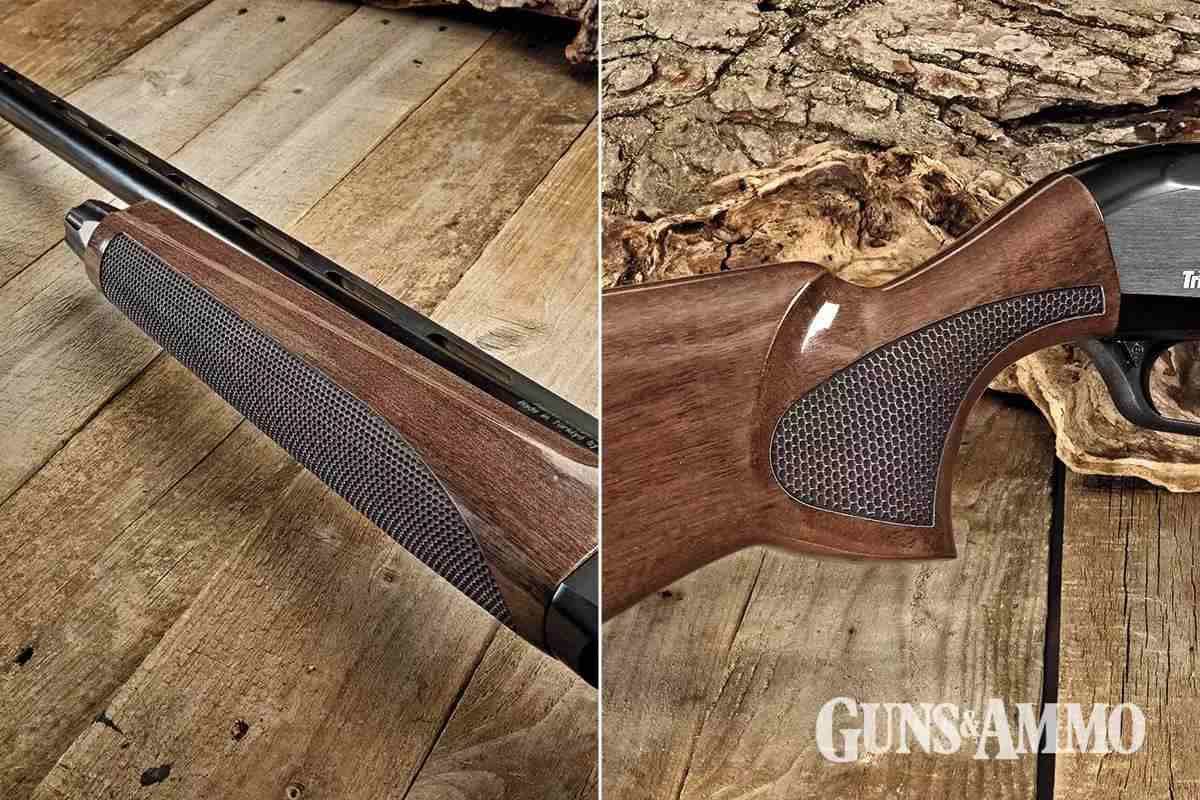
Semiauto vs. Semiauto
Now, I acknowledge that the Belgian-made Auto-5 is not a reasonable comparison for the Turkish-made TriStar Raptor II. Technology has advanced extensively since the ’70s, even among the most affordable shotguns today. A more current comparison of the Raptor II would be the Viper G2 series, also imported by TriStar. Reviewed in the February 2024 issue of Guns & Ammo, contributor Bob Hunnicutt found the Viper G2 to be a reliable value-priced shotgun. The Raptor II is manufactured by Kral Arms in Beysehir; the Viper G2 is manufactured by Armsan in Istanbul. While they are functionally similar, Kral can manufacture the Raptor II at a lower cost, resulting in TriStar’s $579 suggested retail price for the walnut stock. The wood-stocked Viper G2 is $779.
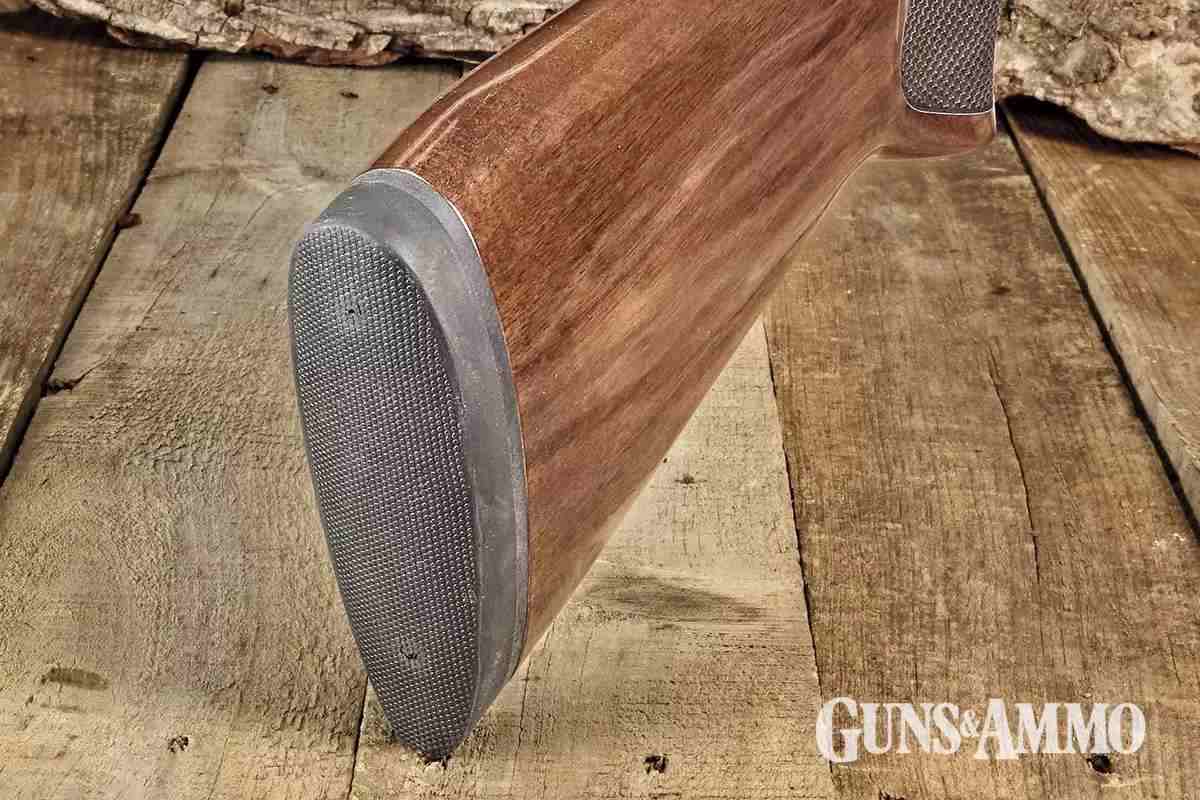
At a glance, both share many features, including chrome-lined steel barrels, Mobil-type chokes, capacities, length, weight, ventilated ribs and fiber-optic sights. It’s also hard to visually discern the aesthetic differences without close inspection.
The value proposition of the Raptor II comes from a simpler lineup versus the Viper G2’s long list of additional camo models including turkey versions, different gauges and a left-hand option. The Raptor II is only chambered for 12 or 20 gauge, and in black synthetic ($499), Mossy Oak Country Roots ($599), or Turkish walnut.
Advertisement
At the time of this writing, TriStar had no plans to expand this lineup. After putting a flat (250 rounds) of Fiocchi White Rino (spoken “rhino”) through the Raptor II, I can say these models can do it all. If you’re determined to have more options, explore the Viper G2 series.
The Talons
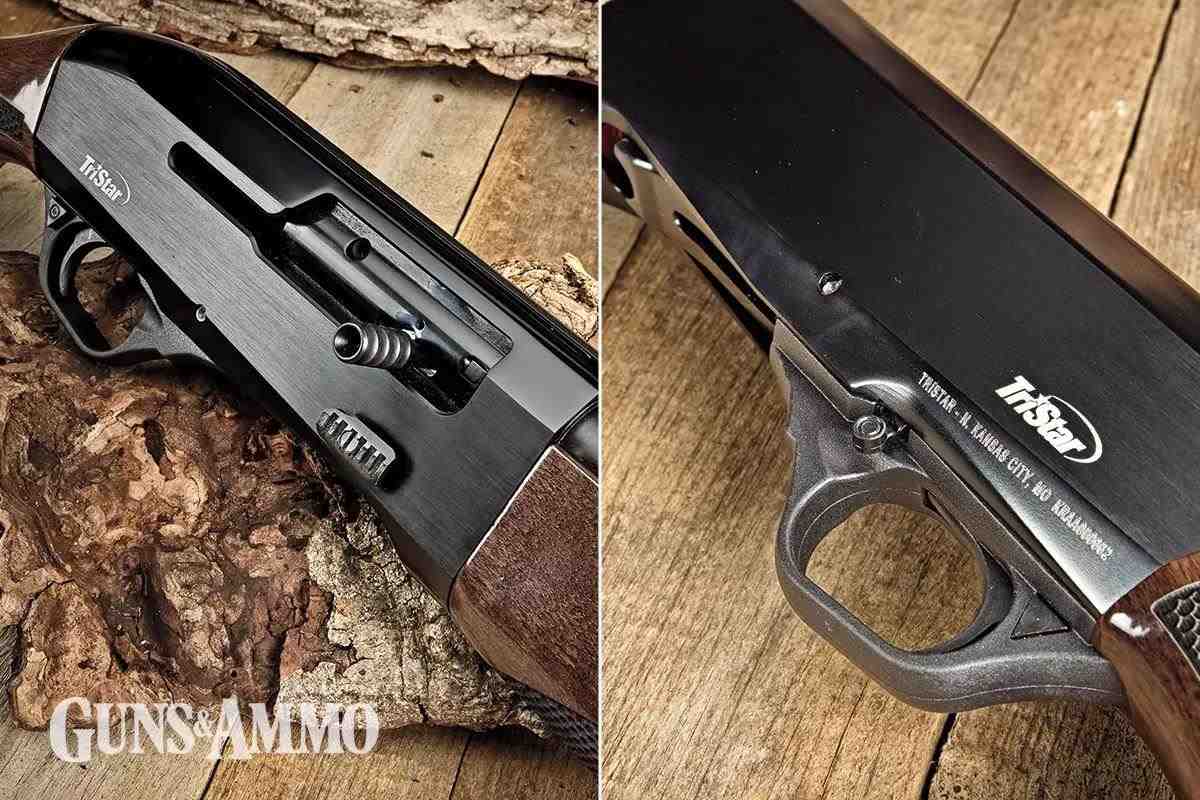
The grip and forend texture on the Raptor II is distinctive. Forgoing the typical checker pattern of vintage field guns, there is an almost “honeycomb” series of shapes that produce a fantastic feel in the hand. It grips your palm and fingers without being overly abrasive, and it is undoubtedly less expensive to impart into the wood than the labor necessary to create hand checkering.
The stock is a utility grade of straight-grain walnut, but that’s to be expected of a working-man’s gun. It’s not hard to look at, though, given its darker stain and glossy polyurethane finish; I would have no qualms to subject it to the scars of labor. I love my high-end shotguns, but it always hurts to see a new scratch or mark on the wood. Therefore, the Raptor II is meant to be run hard. Fresh dents or dings from the field are badges of honor for a gun like this.
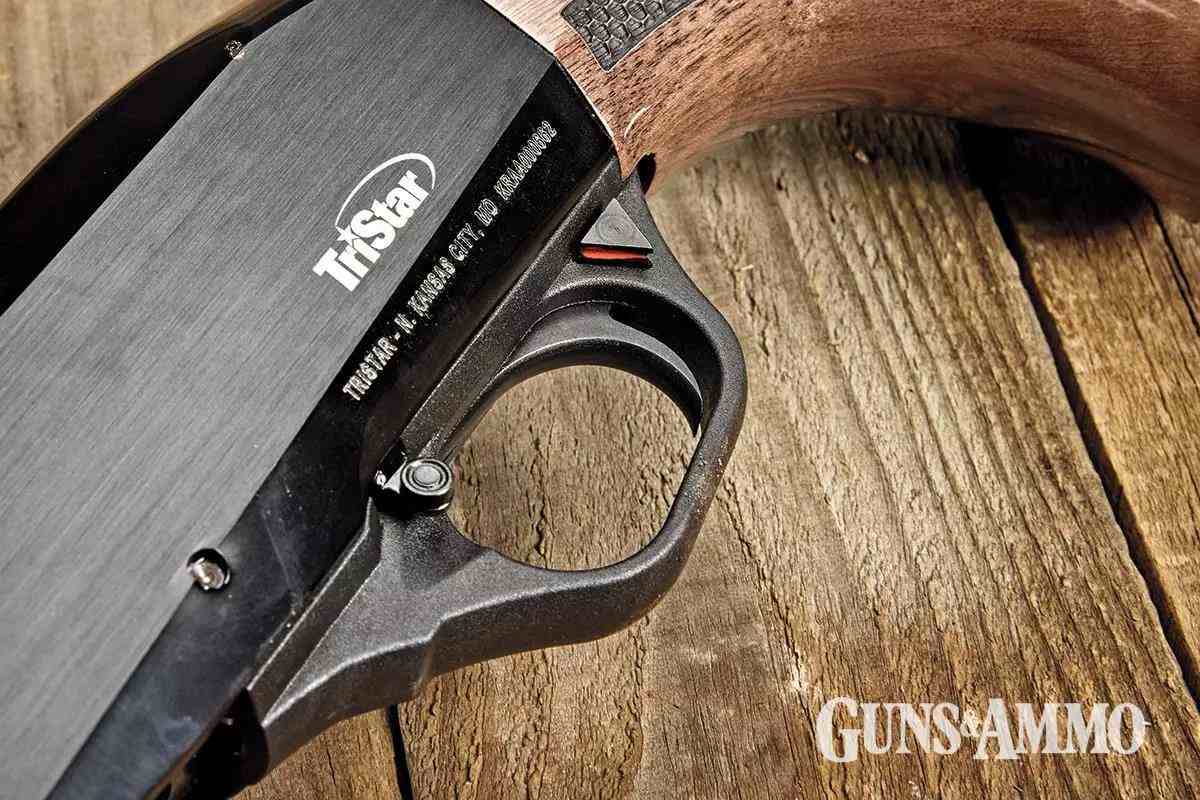
I’m glad to see enlarged controls on the bolt and release. Of course, these are expected on modern-production shotguns. Enlarged controls ensure rapid and faultless operation. They make reloading and malfunction clearing faster to keep us shooting — not fumbling.
There were no surprises in manipulating the trigger. The trigger housing is molded polymer that can be removed for cleaning the assembly, though that is not likely to be necessary. The trigger tested cleanly at 5 pounds, 6 ounces, which is equal to or better than other shotguns I’ve enjoyed.
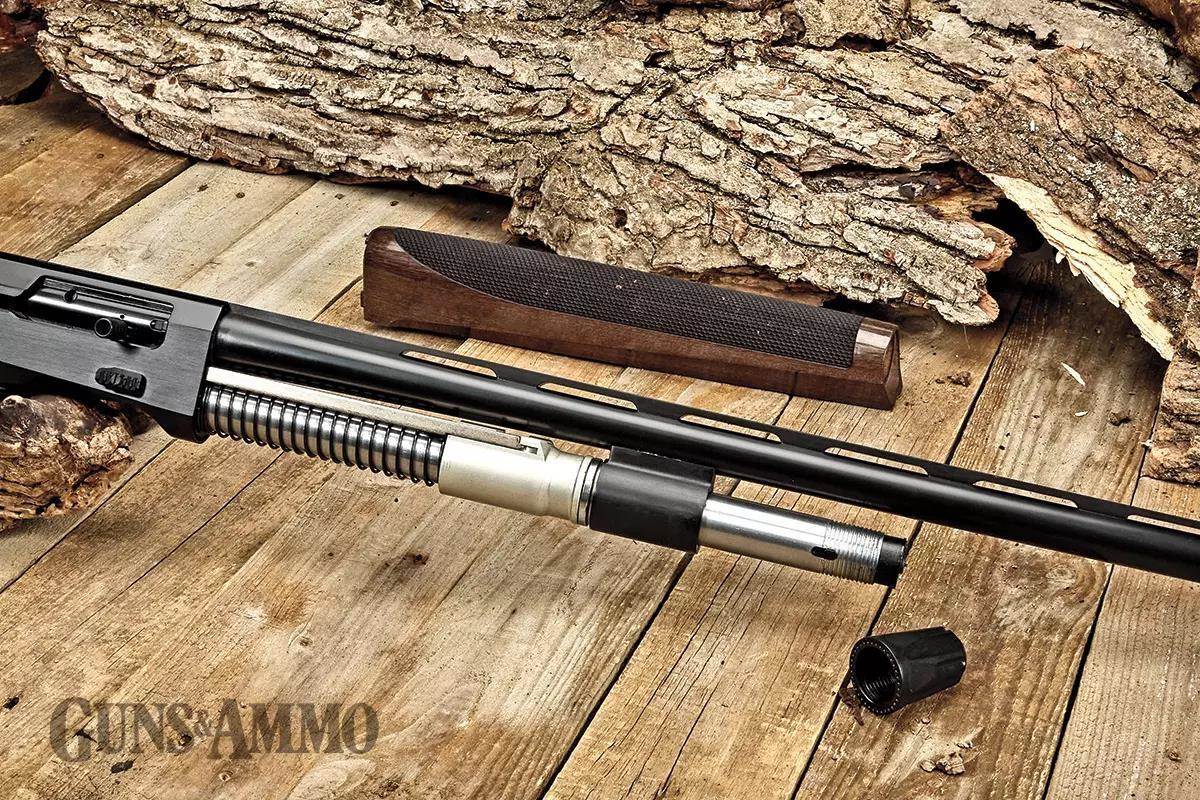
Maintenance & Prep
A field gun such as the Raptor II doesn’t need a frequent deep cleaning, but you should wipe it down thoroughly after the first flat. Unsurprisingly, I found a lot of metal shavings inside the receiver and behind the bolt once I disassembled it. This is normal — and a good thing. I like to run semiauto shotguns dry during the break-in period and avoid applying any lubricant to the action unless it’s necessary for function. This manifests where metal rubs metal, the points where any gun should be lubricated. You’ll find less shavings after the parts wear in.
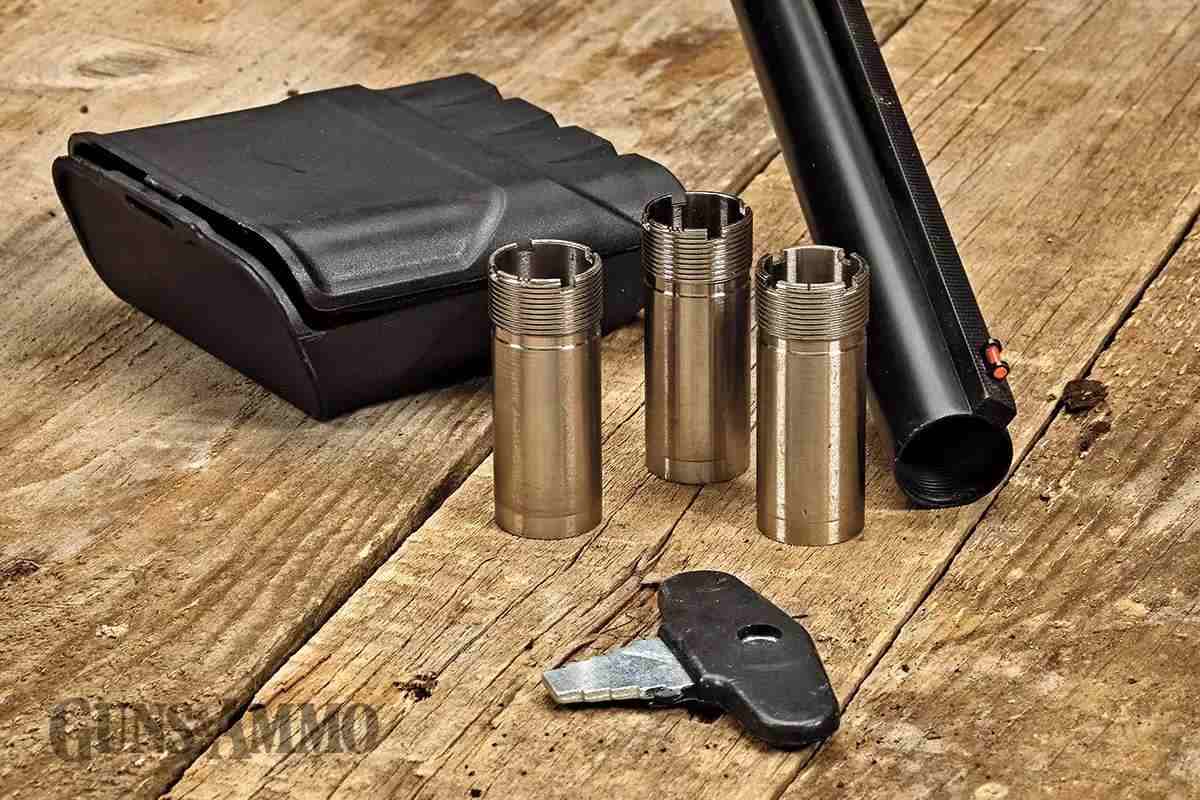
Fieldstripping is a simple process, too. Upon removing the forend and barrel, slightly push the bolt into the receiver and pull out the bolt handle. The bolt can then be slid forward and out of the receiver, to be separated from the dual-rod action bar. The action bar easily slides off the piston, and that is as far as one needs to go unless you want to clean the trigger assembly. This gas-operated system is inspired by an Italian-style operating system, tried and true, and Turkish manufacturers, including Kral Arms, mass produce a version of it with consistency and efficiency.
Rangework
Though the action is a “tried-and-true” design, I did experience three failure-to-eject malfunctions; it was the first three shots. Still, I stand by the reliability of this action. The Raptor II shot perfectly after those first three with no malfunctions for the next 247 rounds of combined skeet, trap and sporting clays. Don’t be alarmed should this happen to you. Some guns just need a few rounds fired through the action to work them in.
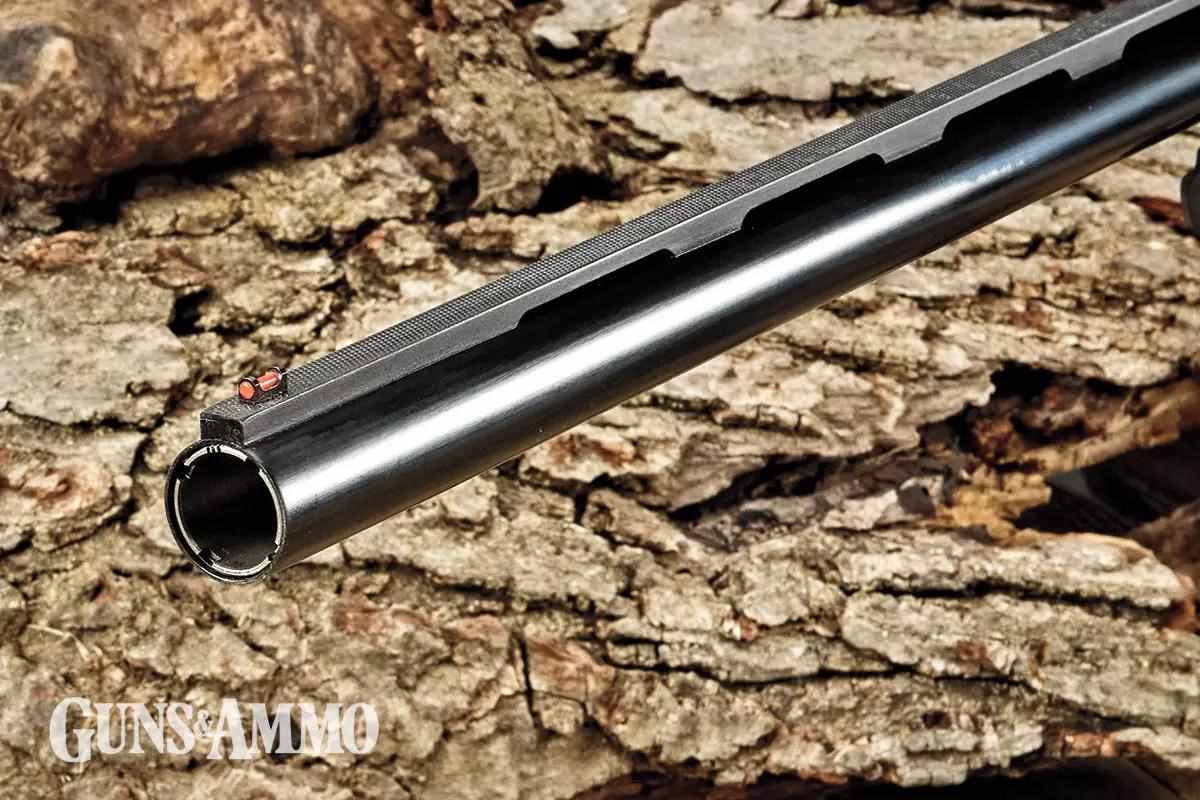
When shooting the Raptor II, I was most impressed with the speed of the action. It cycled quickly and kept up with the fastest true pairs on the sporting clays course. I love sporting clays when testing a new field gun, and the course I frequent has an amazing assortment of stations. Shooting 60mm mini, 90mm midi, rabbits, battues and a variety of standard-size true-pair stations, the Raptor II left me with no doubts in its ability. The gun balanced well, and it swung even better. The recoil was mild, too, which is important when you have a short window to hit two targets that are close together. On that note, the gun pointed well, and I could pick up a target as quickly as any other shotgun.
I didn’t give the Raptor II much time to cool down between stations or rounds of trap. I was pleased to find that the handguard never got too hot to hold.
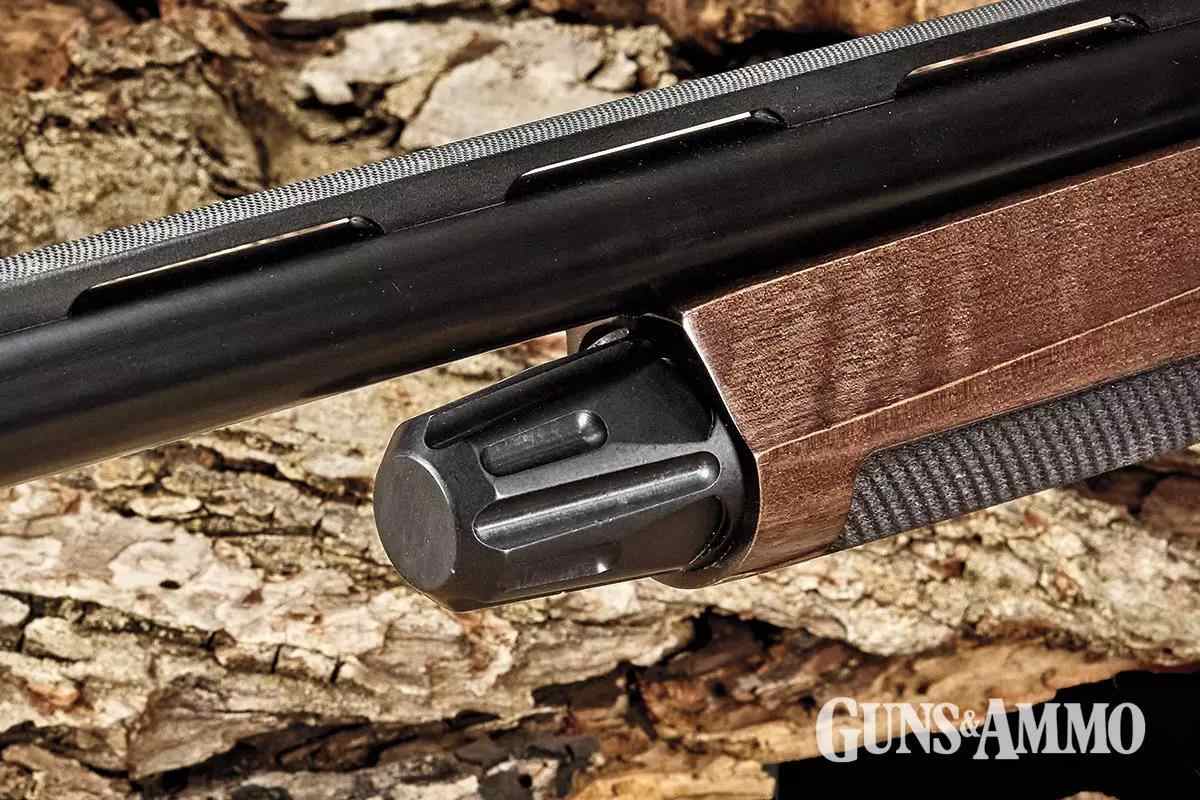
I didn’t shoot my best rounds of trap, skeet or sporting clays with it, but the scores were consistent with my average using guns I’m familiar with. Typically, I expect a lesser score as I get comfortable with a new gun, but not here; I shot this gun well. Misses were entirely the fault of my own.
I patterned the Raptor II with Fiocchi White Rino Lite, a 23/4-inch load with No. 8 shot. Impacts were just below my point of aim, but well-centered. It was more than acceptable for field use and casual competition.
To The Last Shell
If I had to nit-pick, I wasn’t impressed with the provided chokes. They worked, but they limited the performance from the Raptor II’s chrome-lined carbon-steel barrel. Superior chokes available on the aftermarket could take this shotgun to a higher level.
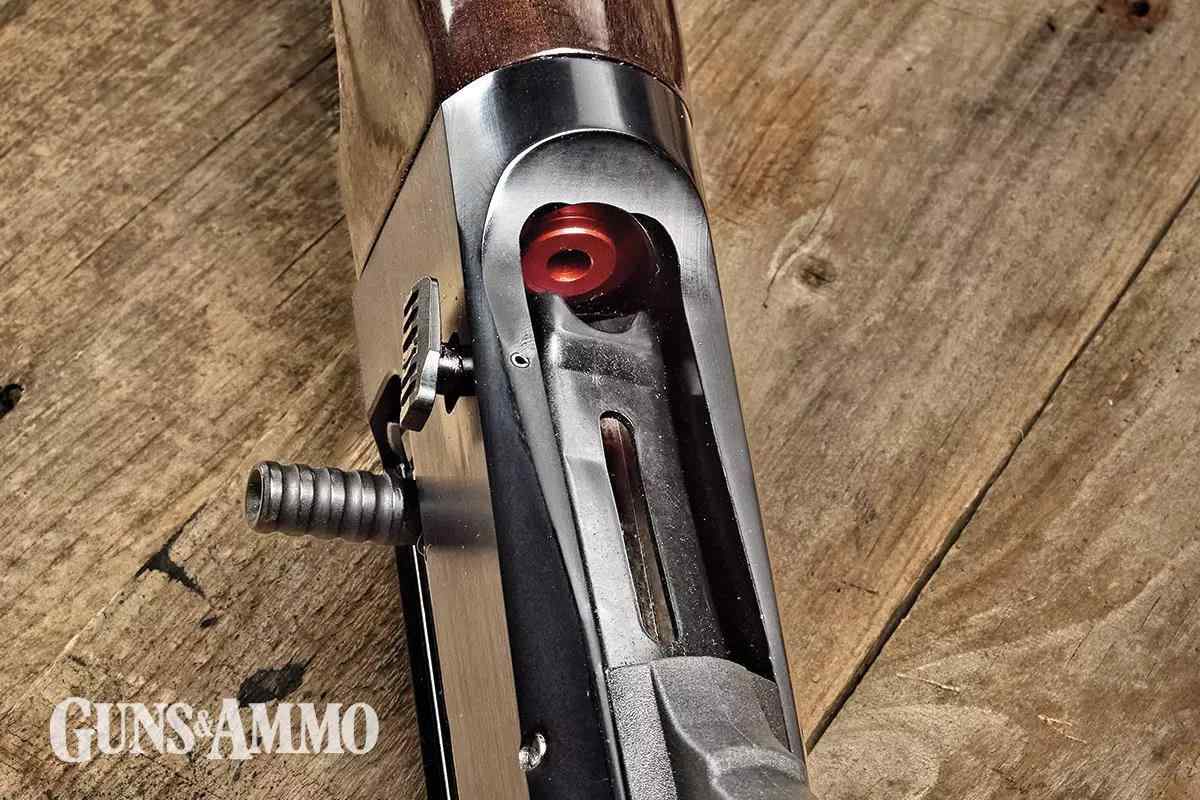
Given this shotgun’s versatility, I would also ask TriStar to spec sling-swivel studs for the wooden-stock model, especially since they are alredy included on the black synthetic and camo models. I prefer a sling when I hunt, particularly if I have to hike a lot of ground.
These are small gripes, and by no means dealbreakers. For a semiautomatic field gun listed at less than $600, a lot more could be forgiven considering the exceptional performance. Typically, G&A refers to the price posted to the manufacturer’s website for these firearm reviews. Allow me to make an exception. I’ve seen the walnut stock Raptor II advertised online for as little as $485, less taxes and fees. At that price, I think most of us could afford to upgrade the chokes and buy a flat.
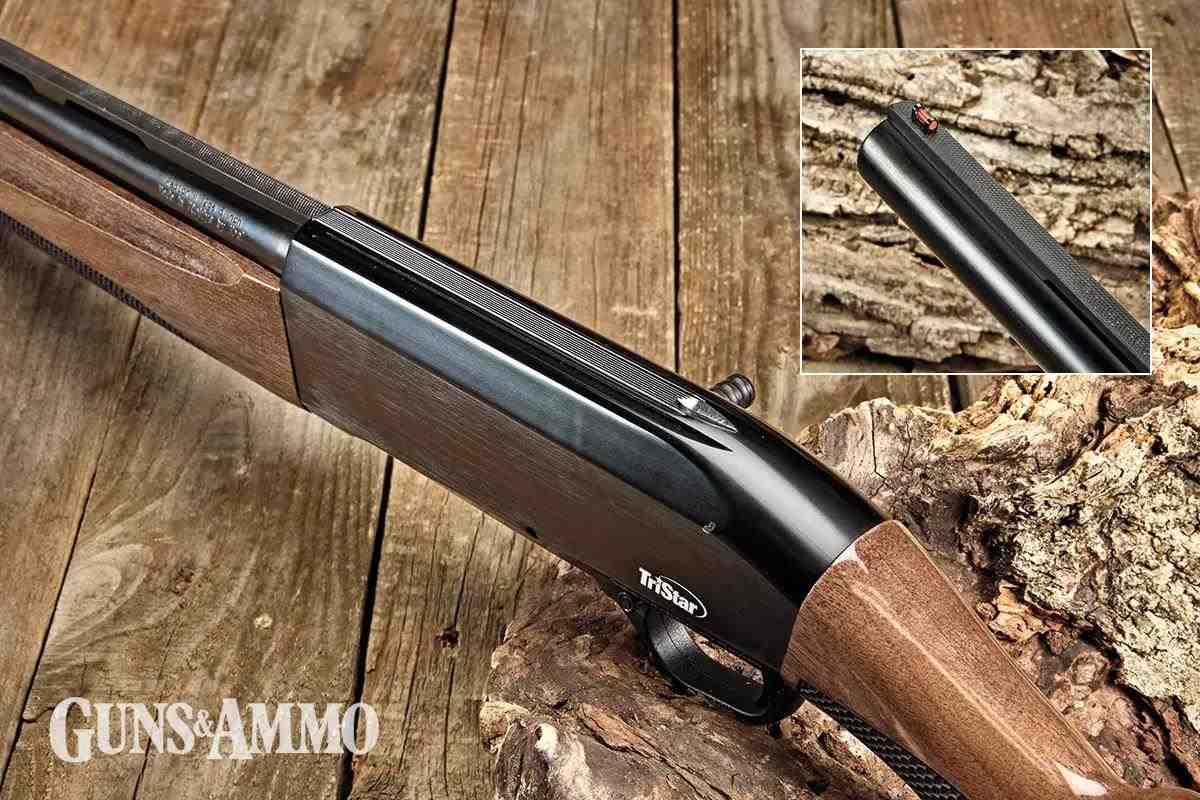
For those new to shotguns, the TriStar Raptor II is an affordable scattergun that can do almost anything. It performs reliably and consistently. It would be a good shotgun to learn on, to hunt or compete with, particularly in the 20-gauge model. For an experienced shooter, the Raptor II is a smart choice when you don’t want to risk your high-grade or vintage collectible. It’s the gun you reach for when work needs to get done.
TriStar Raptor Gen II
- Type: Gas operated, semiautomatic
- Gauge: 12 (tested), 20
- Capacity: 2+1 rds. (w/ plug); 4+1 rds.
- Barrel: 28 in., steel, chrome lined
- Chokes: Full, Modified, Improved Cylinder; Mobil pattern
- Length: 48.5 in.
- Length of Pull: 14.5 in.
- Drop at Heel: 3 in.
- Drop at Comb: 1.5 in.
- Stock: Turkish walnut (tested), black synthetic, Mossy Oak (MO) Country Roots camo.
- Weight: 7 lbs., 1.6 oz.
- Trigger: 5 lbs., 6 oz. (tested)
- Sight: Fiber-optic bead, red (front), 6mm ventilated rib
- Safety: Crossbolt, two positions
- MSRP: $579
- Manufacturer: Kral Arms, Turkey
- Importer: TriStar Arms, 816-421-1400, tristararms.com
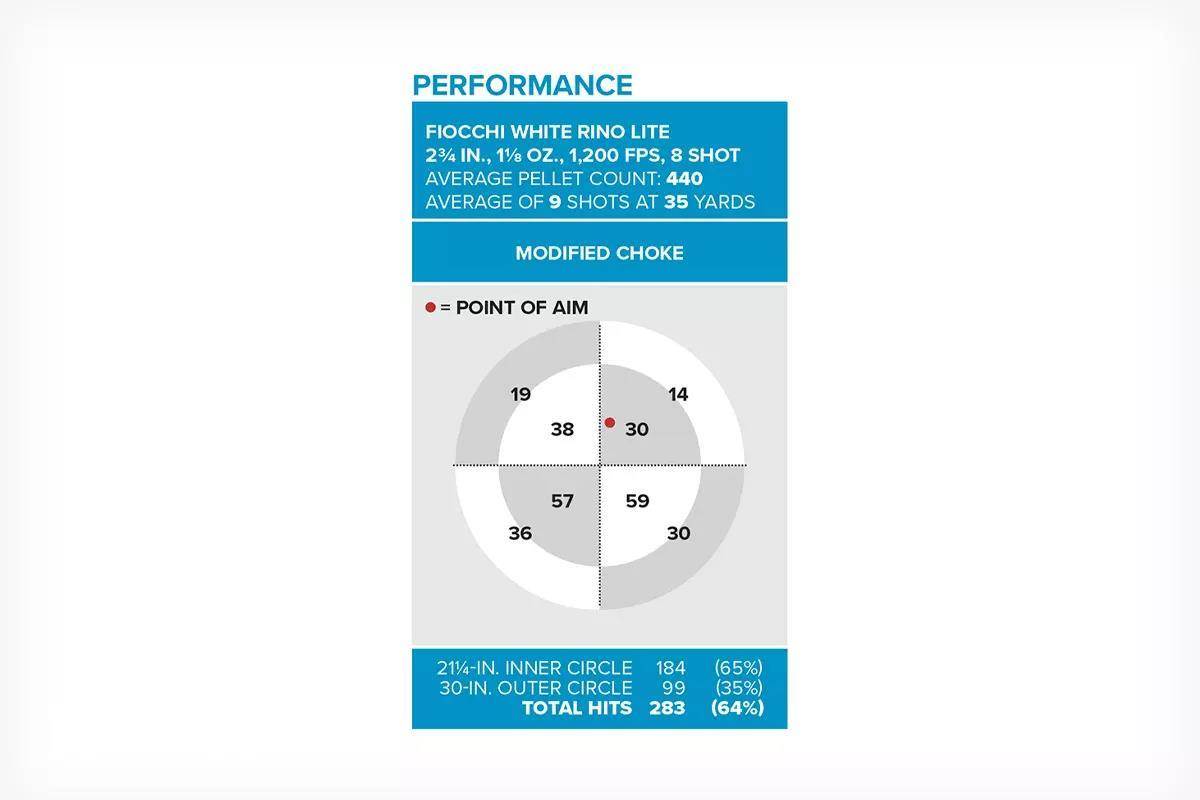
Read the full article here

